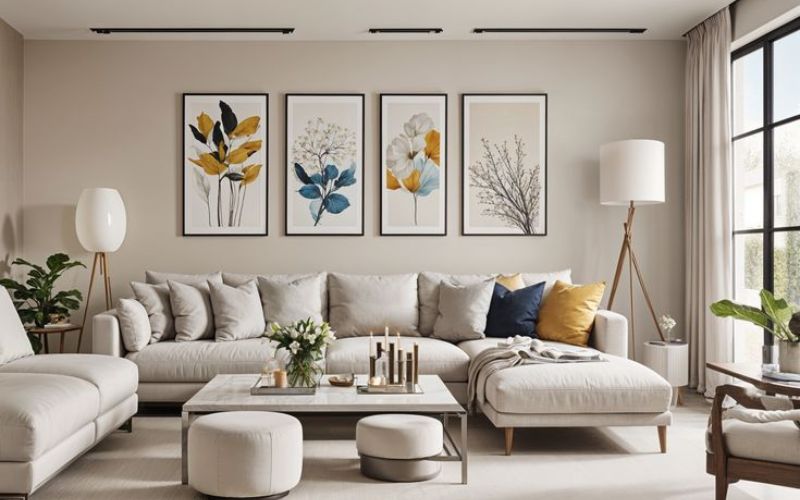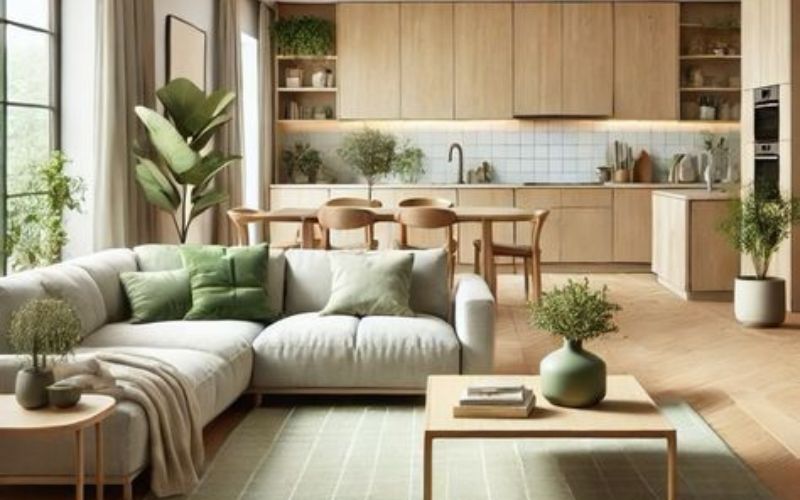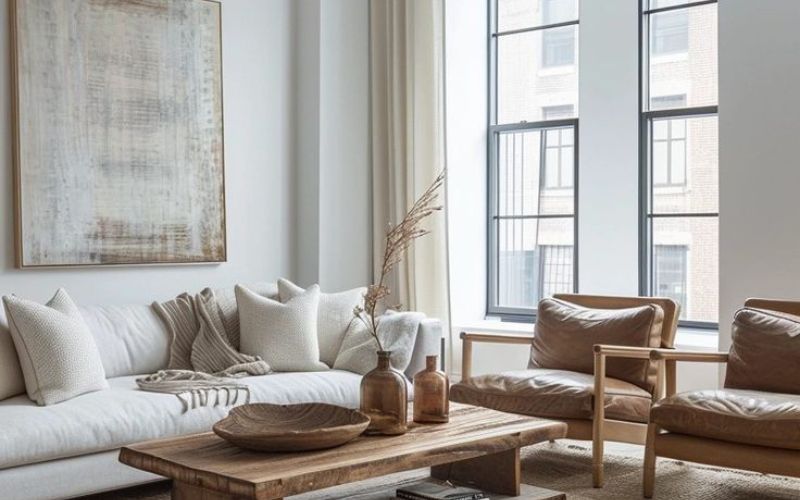
When it comes to interior design, metals are like the jewelry of a space. They add shine, depth, and personality—but only when used thoughtfully. Many homeowners shy away from combining different finishes, fearing it might clash or look messy. The truth? Mixing metals in interior design can elevate your home from basic to breathtaking when done with intention.
At Sierra Contracting, we’ve seen how the right balance of metallic accents can create harmony, warmth, and sophistication in Dubai homes. Let’s break down the subtle art of layering brass, chrome, gold, copper, and more without losing elegance.
👉 Also read: Quiet Luxury in Interior Design: What It Is and How to Achieve It
Why Mixing Metals Works in Interior Design
Some might think mixing finishes is a design mistake, but actually, it’s one of the most effective ways to:
- Add depth and dimension – Instead of one flat finish dominating the room, multiple tones play off each other.
- Highlight focal points – A brass mirror against a chrome light fixture makes each piece stand out.
- Create warmth and balance – Warmer metals like gold or copper balance cooler finishes like silver and chrome.
- Personalize the space – Metals let you express style, whether sleek and modern or rich and traditional.
The key is intention. Think of metals as part of your design palette—a way to layer interest much like textiles, wood, or paint colors.

The Ground Rules of Mixing Metals
- Start With a Dominant Finish
Pick one metal as your foundation. This will be the finish used most consistently throughout the space—think door handles, cabinet hardware, or large light fixtures.
For example:
- Brass as a base creates warmth and timeless appeal.
- Chrome as a base brings a crisp, modern edge.
- Matte black as a base works beautifully in minimalist or industrial interiors.
Your dominant finish acts as the anchor while others become accents.
- Stick to Two or Three Finishes
Too many can feel chaotic. A good rule of thumb is one dominant, one supporting, and one accent metal.
Example:
- Brass (dominant)
- Black (supporting)
- Chrome (accent for lighting or decorative details)
This keeps the space balanced instead of overwhelming.
- Match the Undertones
Just like with paint, undertones matter. Warm metals (brass, gold, copper) complement each other. Cool metals (chrome, silver, nickel) do the same. That said, mixing warm and cool can also work—just ensure the rest of the room ties them together with fabrics, wall colors, or flooring.
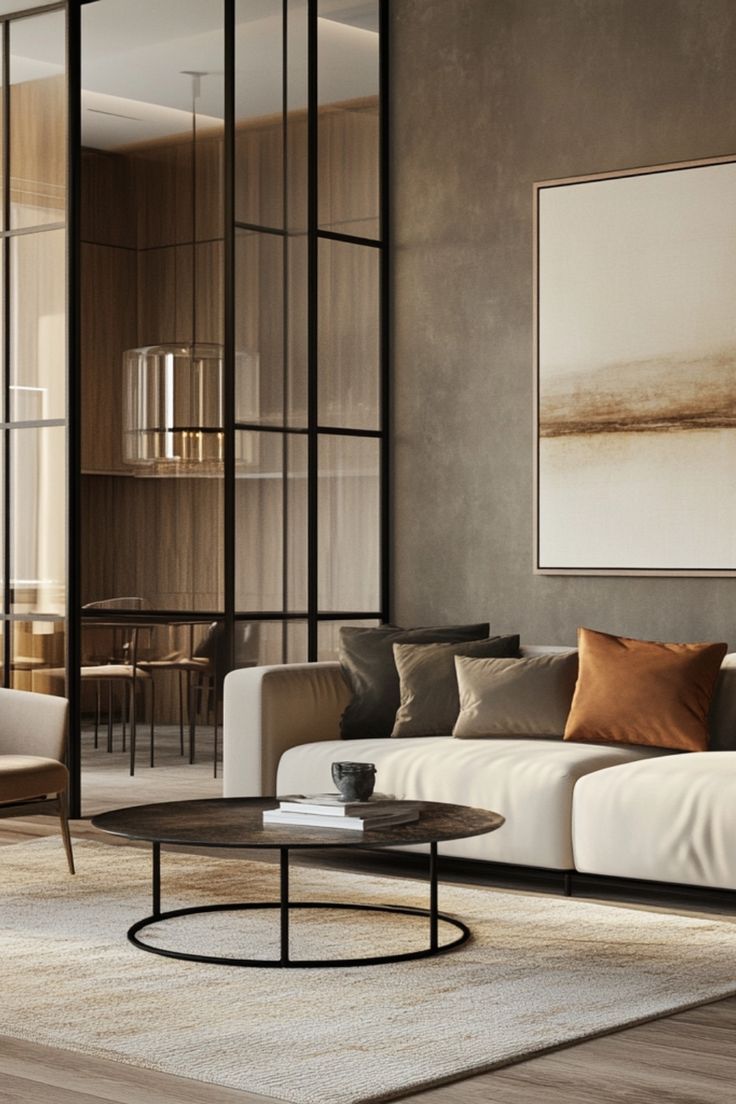
Where to Mix Metals in the Home
Kitchen: Functional Meets Stylish
The kitchen is a great testing ground for metal finishes. Cabinet handles, faucets, and lighting fixtures can each showcase a different metal.
- Pair brass hardware with a chrome faucet for a chic contrast.
- Use matte black pendant lights above an island with stainless steel appliances to create balance.
Bathroom: Small Details, Big Impact
In bathrooms, even the smallest choices stand out.
- Mix a gold mirror frame with brushed nickel faucets.
- Add black towel bars alongside brass sconces for a modern, eclectic vibe.
Living Room: Statement Accents
Metallics don’t just belong in hardware. Think of metallic accents in coffee tables, side tables, or decorative trays.
- A brass floor lamp next to a chrome coffee table adds layered interest.
- Add copper accessories for warmth against cooler chrome or silver tones.
Bedroom: Subtle Elegance
In the bedroom, metal accents can add quiet sophistication.
- Pair brass bedside lamps with a black metal bed frame.
- Use silver picture frames or decor pieces to highlight cooler tones.
Common Mistakes to Avoid
Even with guidelines, it’s easy to make mistakes when experimenting with metal finishes. Here are the pitfalls to dodge:
Overloading on Metals
If every element in a room is a different finish, it feels cluttered. Remember: less is more.
Ignoring Consistency
Switching metals in every room of the house without a unifying element can feel disjointed. Carry at least one consistent finish (like black handles) throughout the home.
Forgetting Scale
Not every metal element should fight for attention. Let some be subtle, while others (like a chandelier) take center stage.
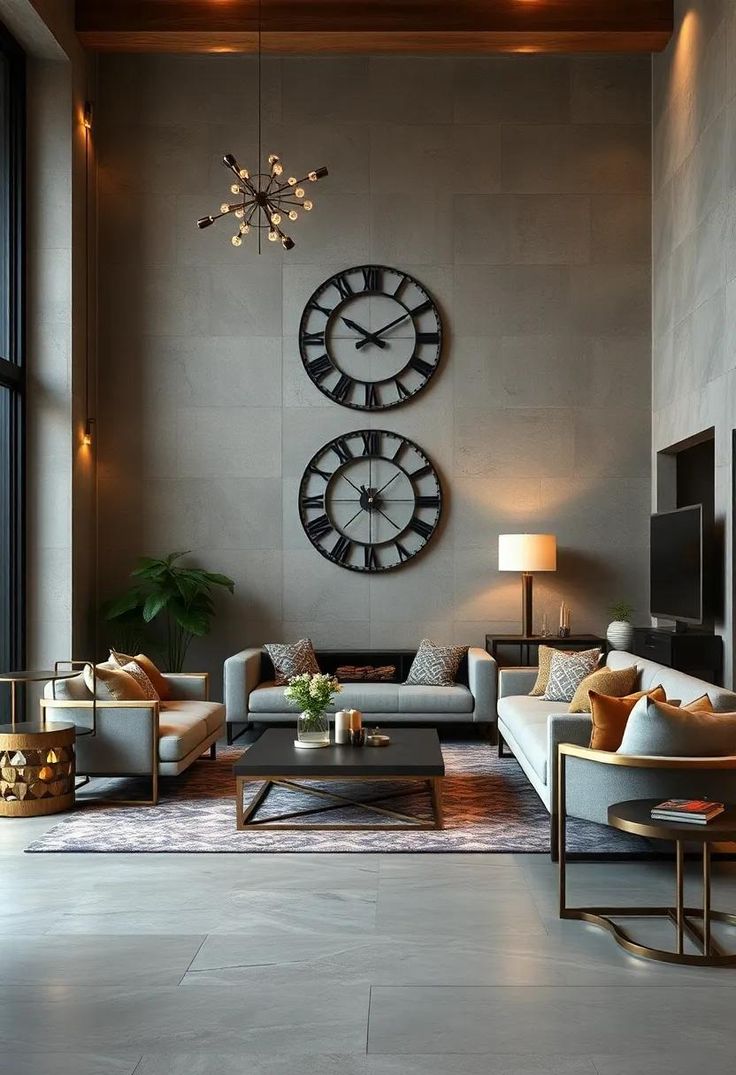
Expert Tips for a Polished Look
- Tie metals together with materials. For example, marble countertops or dark wood furniture can help transition between finishes.
- Repeat accents. If you use chrome in one corner, echo it elsewhere with a smaller detail.
- Use textiles to balance. Rugs, cushions, and curtains can soften bold metal contrasts.
- Think about natural light. Metals reflect light differently—warmer tones glow, while cooler tones shine. Use this to create ambiance.
Trending Combinations for 2025
Designers are pushing creative mixes this year. Some stylish metal combos include:
- Brass + Matte Black – A bold, modern look with warmth and edge.
- Gold + Chrome – Luxurious yet fresh, especially in kitchens.
- Copper + Nickel – Earthy meets modern, perfect for cozy spaces.
- Bronze + Stainless Steel – A timeless duo for high-traffic rooms.
Final Thoughts
Mastering mixing metals in interior design isn’t about following strict rules—it’s about creating balance, contrast, and harmony. Whether you prefer sleek chrome with black accents or the richness of brass paired with copper, metals can elevate your space with personality and sophistication.
At Sierra Contracting, we believe every detail counts in designing homes that are both stylish and functional. Want more inspiration? Dive into our guide on Quiet Luxury in Interior Design to see how metallics can tie into a timeless, elegant look.


